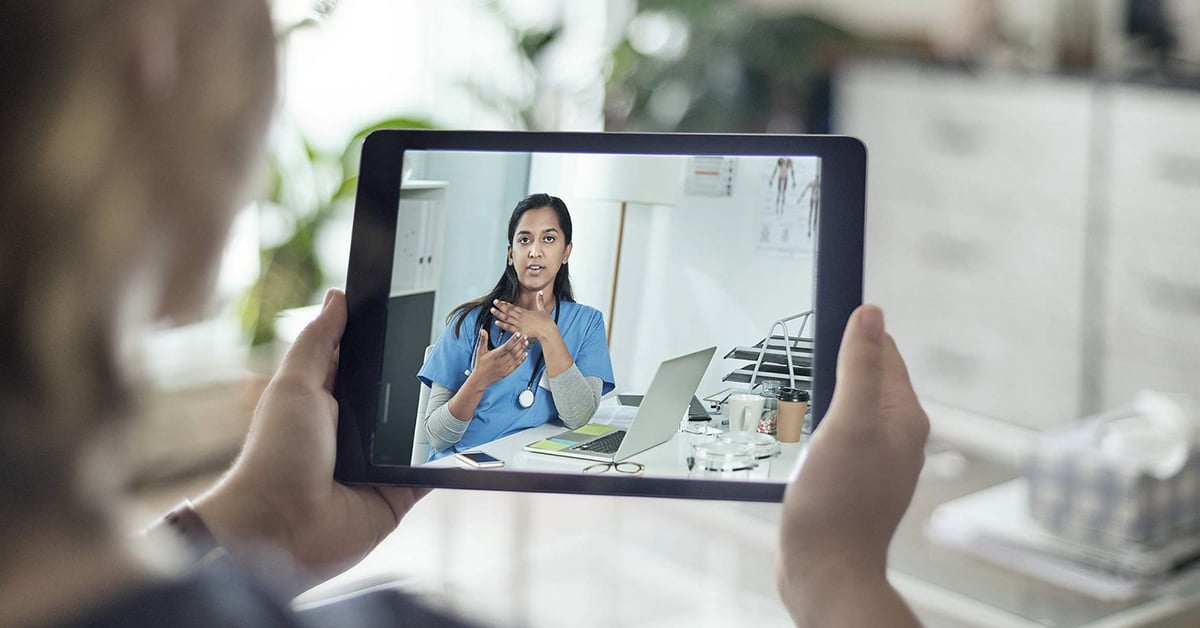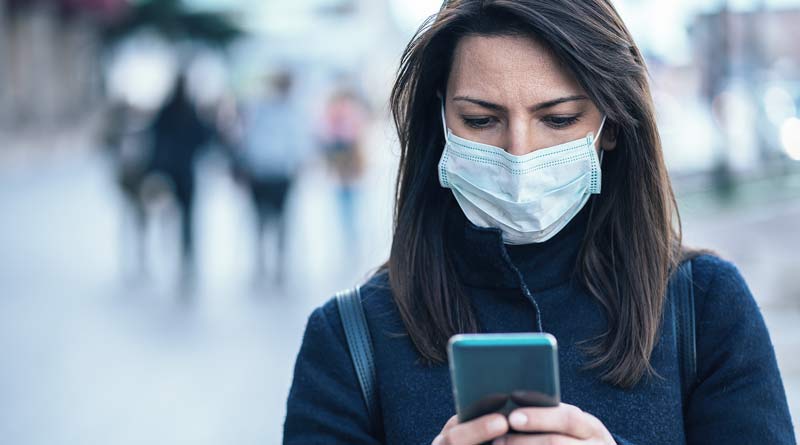The Rise of Telehealth in the Age of Pandemic
The face of health care looks very different these days. With the spread of the COVID-19 pandemic came the need for social distancing, which meant that for all but the most urgent cases, face-to-face visits between patients and physicians were no longer possible.
Enter the rise of telehealth (or telemedicine, depending on your preference; we’ll touch on the distinction below).
Telehealth technologies have been a staple of the medical community for years, but the coronavirus crisis has boosted their usage industry-wide in ways that simply could not have been predicted. Nearly half of all doctors are now using telehealth to treat patients, up from just 18 percent two years ago, according to a recent survey of American physicians.
Nearly half of all doctors are now using telehealth to treat patients, up from just 18% two years ago. #Medvantx #PharmacyFuture #FutureofHealthcare Share on XThe adoption of telehealth by both providers and patients has triggered changes in everything from regulatory compliance, privacy & security, reimbursement policies, and insurance coverage. The efficiencies and access made possible by the acceptance of telehealth technologies are akin to those in the new stay-at-home, Zoom-powered workforce.
Both developments are likely to change the way the world operates post-COVID-19. The question is, how? And what do these changes mean for pharmaceutical manufacturers? In what follows, we’ll take a look at the answers to these questions and more, starting with the most basic.
Telehealth has also been a beneficial tool for pharmaceutical manufacturers looking to streamline the supply chain and reach patients directly through direct-to-patient distribution.
What is Telehealth?
The Health Resources Services Administration defines telehealth as follows:
The use of electronic information and telecommunications technologies to support long-distance clinical health care, patient and professional health-related education, public health and health administration. Technologies include videoconferencing, the internet, store-and-forward imaging, streaming media, and terrestrial and wireless communications.
Telemedicine refers specifically to clinical services provided remotely, while telehealth includes non-clinical services like provider training, administrative meetings, and continuing medical education.
The Rise of Telehealth in the COVID-19 Crisis
The need for telehealth technologies quickly became evident as social distancing guidelines arose in response to the coronavirus outbreak. The World Economic Forum called telehealth a “game-changer” for safely delivering much-needed clinical care during the pandemic.
The Health & Human Services Office for Civil Rights went on to issue guidance that made HIPAA regulations more flexible when it came to telehealth, saying “HIPAA-covered health care providers may, in good faith, provide telehealth services to patients using remote communication technologies…even if the application does not fully comply with HIPAA rules.”
Telehealth is improving patient flow, demands for testing, as well as relieving the systemic strain due to the limited supply of personal protective equipment (PPE). Virtual triage via telehealth means that only the sickest patients actually visit a hospital or clinic. Fewer in-person patient visits means fewer times that providers need to change their PPE.
Additionally, providers are experiencing unprecedented levels of physician burnout and are embracing telehealth as a way to more effectively manage their on-call availability and balance their lifestyle.
Telehealth lets physicians manage on-call availability, balance their work/home life and avoid burnout. #Medvantx #PharmacyFuture #FutureofHealthcare Share on XTelehealth allows providers to address a number of patient concerns while limiting the number of patients that physicians physically interact with. This reduces patient-to-patient interaction as well, greatly reducing the risk of exposure to coronavirus across the board.
For those who are concerned that they might have contracted COVID-19 but are asymptomatic, speaking to a health provider via videoconference or by phone is a safer way to arrange testing.
Public and Private Insurers Expanding Telehealth Coverage
In addition to making HIPAA regulations more flexible, the federal government has loosened requirements on e-prescribing of controlled substances, and opened up Medicare restrictions on telehealth as well. Both Medicaid and Children’s Health Insurance Programs (CHIP) were expanded to include broader coverage for telehealth services.
In April 2020, the Trump Administration released a toolkit providing states with issues to consider as they expand their telehealth capabilities and coverage policies. Many state governments have expanded telehealth in their Medicaid programs and relaxed restrictions. Many states are also requiring private insurance plans to cover and reimburse for telemedicine services.
Even where not mandated by states, several major health insurance companies have voluntarily expanded telehealth coverage. Other insurers are reducing or eliminating cost sharing for telemedicine; for some plans this applies only to COVID-19-related visits, while for others it applies to any health indication.
To make these services more accessible, some insurers are increasing the numbers of in-network telehealth providers, while others are contracting with telehealth vendors.
The Intersection of Telehealth, Digital Health & 5G
Increasingly telehealth services are offering integrations into digital health, through remote monitoring and testing. Real-time blood pressure readings, glucose measurement, medication compliance, weight, and cardiovascular performance can now be captured on both wearables and in-home devices.
If the coronavirus pandemic has been the catalyst to jumpstarting adoption of telehealth technologies, 5G will be the fuel that catapults it into the future.
A network that can support high-quality video in real time is critical to any telehealth technology. The 5G revolution, which promises mobile data speeds that far outperform the fastest home broadband currently available, will mean that telehealth can be delivered anywhere to anyone. Patients can be treated sooner and get access to specialists currently not available to them. It will also allow doctors and other staff members to collaborate more efficiently.
From quickly and securely downloading and transferring large data files like X-rays, to CT scans and MRIs, the speed and power of 5G allows for faster and more comprehensive patient care. 5G will also make emergency medicine more effective and efficient, saving countless lives in the process. First responders will be able to pinpoint locations more quickly and communicate optimal treatment to hospital staff via video conferencing during transit, significantly improving emergency room outcomes.
Telehealth and Direct-to-Patient Distribution
Direct-to-patient (DTP) channels leverage e-commerce technology, anticipatory pharmacy services, and fulfillment solutions that include innovative final-mile technology. Add e-prescribing and direct retail pharmacy services to the front of this solution and patients can get the brand medication of their choice delivered direct to their doorstep without ever having to leave home.
When telehealth services are built into an e-commerce direct-to-patient channel, patients have the option of being seen by a physician as a seamless part of their visit to a pharmaceutical brand’s website and receive instant point-of-care dispensing through dispensing software and access to low-cost prescription drugs.
Via embedded videoconferencing technology, a physician can diagnose the patient after a brief consult and prescribe the medication required all within the same online experience, bypassing the need for a trip to a major pharmaceutical retailer. A short registration and purchase sequence later and the patient need only wait for the product to be delivered to their home through direct-to-patient services. Which, in turn, will help to bring down the cost of prescription drugs.
For patients, prescribers, and pharmaceutical manufacturers alike, the future of medicine is telehealth. Now that it has redefined healthcare in the COVID-19 age, bolstered by digital technology and health and 5G technology, telehealth is poised to bring manufacturers closer to patients in ways previously thought unimaginable.


